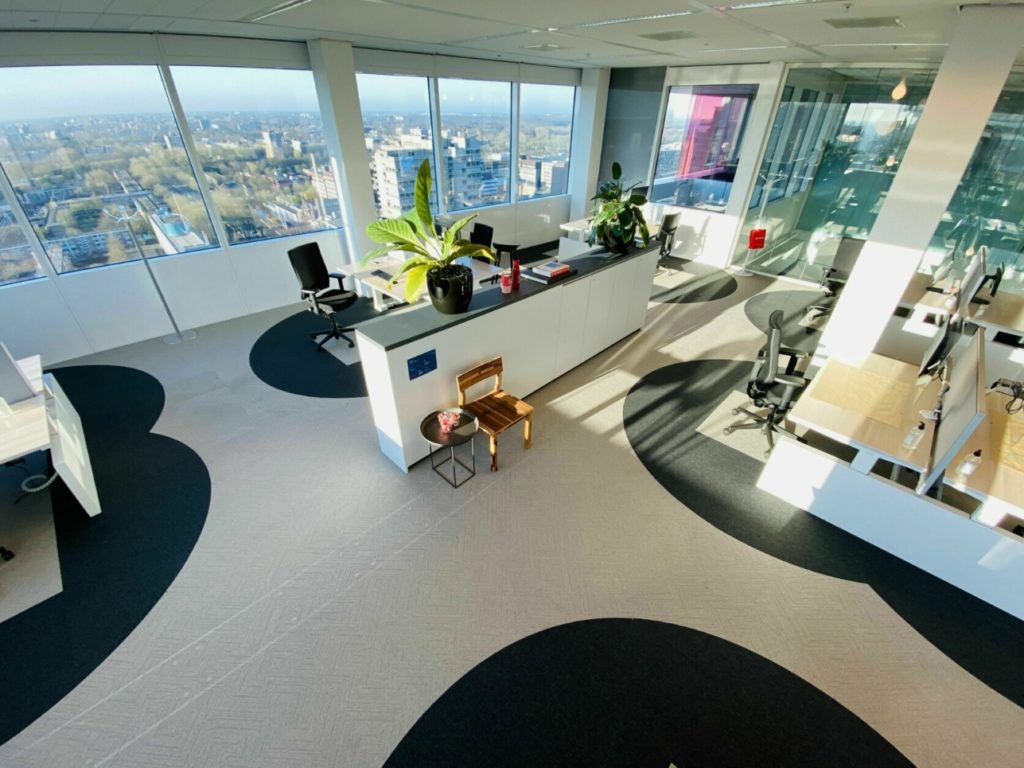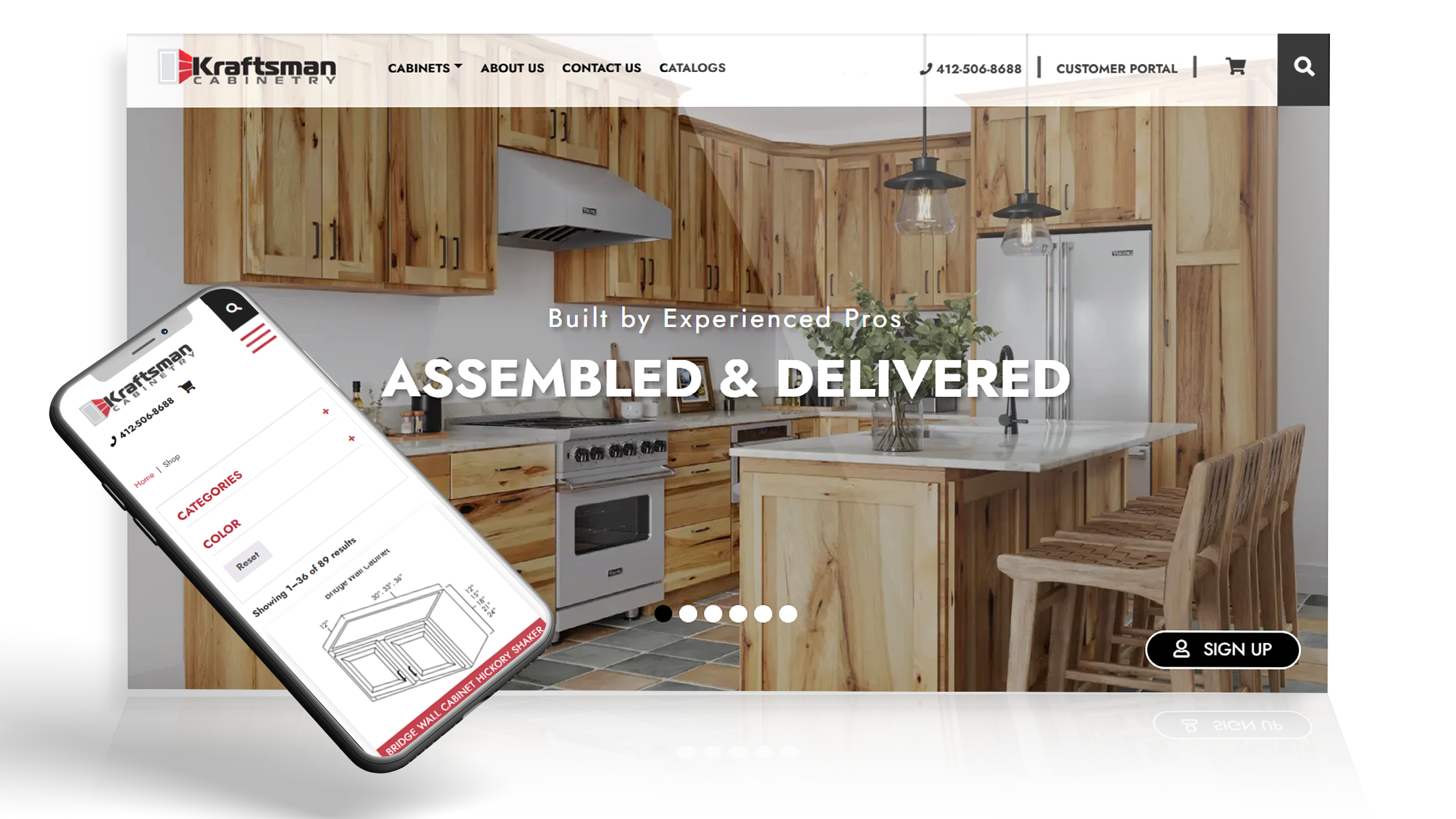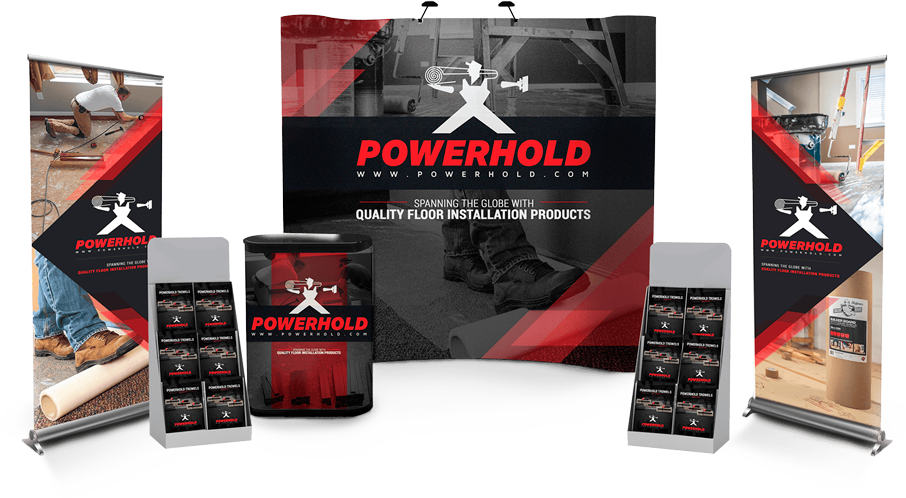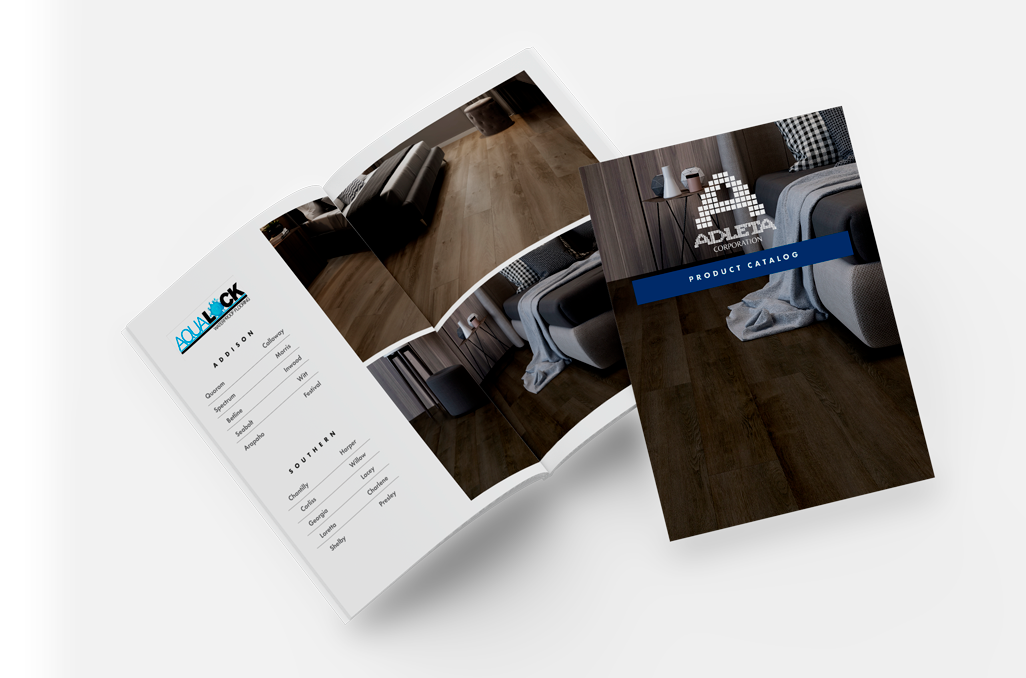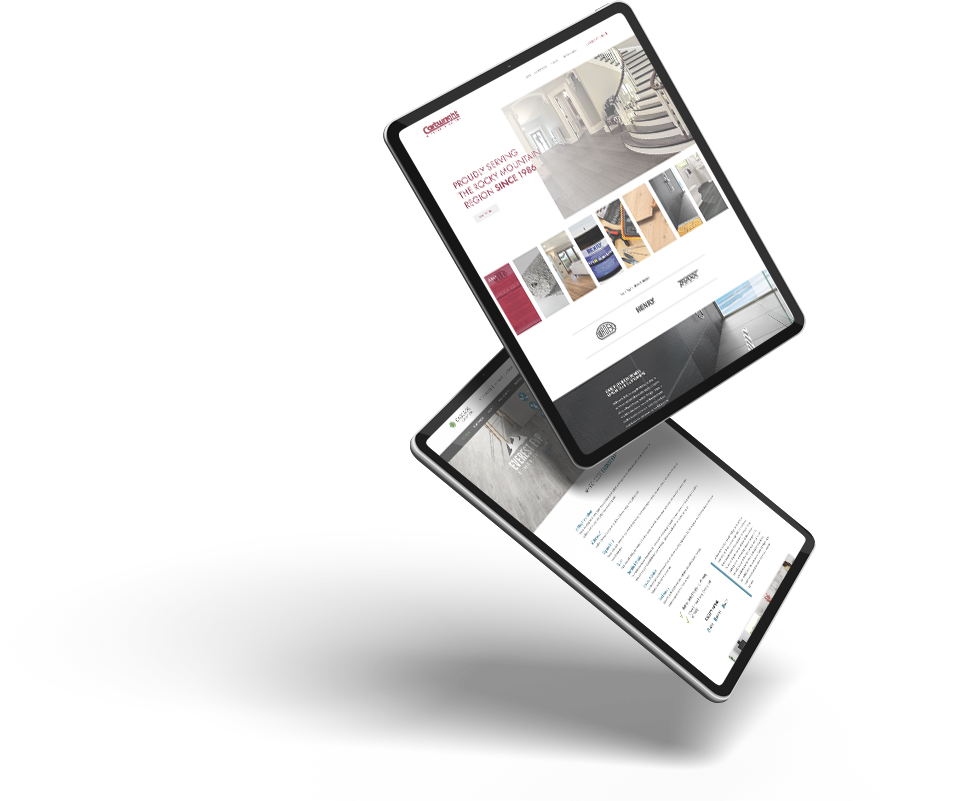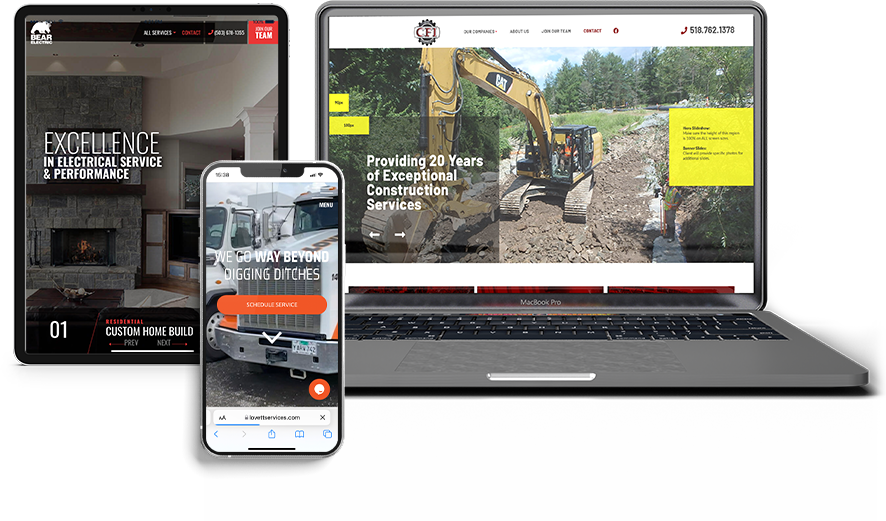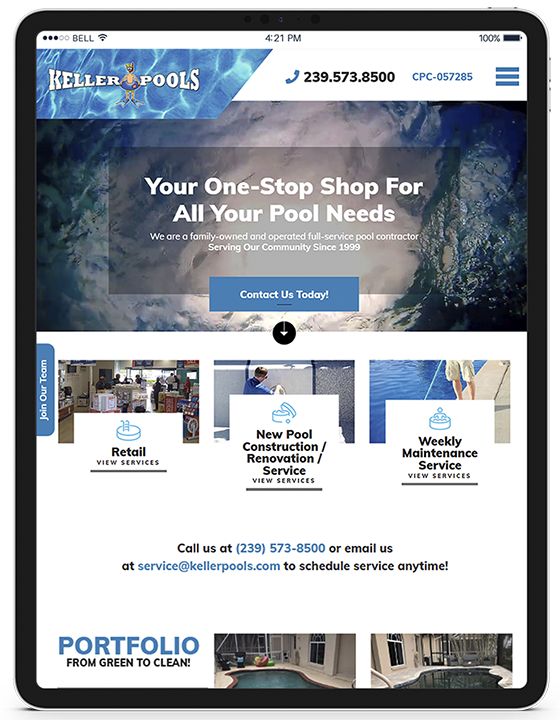Updates on the current situation with the COVID-19 pandemic and corresponding market activity are coming faster than we can keep track, and it’s easy to lose focus. In a hurricane of uncertainty and bad news we’re looking to shift attention to the light at the end of the tunnel. Our Hope is Not a Strategy series aims to foster conversation about being prepared for life on the other side: changes in our work, our businesses, and the building materials industry as a whole.
In this installment of our Hope is Not a Strategy series we’re looking at work spaces. You might be reading this from your new “home office,” where you’ve strategically positioned yourself for Zoom meetings against a blank wall in a sharp dress shirt and sweatpants. It might be hard to picture it now while you wrestle your toddler or the family dog out of view, but eventually normal work life will resume – or at least a new normal.
As a building materials professional you can either watch these changes come and be reactive to shifting demands, or use your position in the supply chain to drive demand. Whether you’re a manufacturer or distributor, spec rep or A&D, or even a commercial contractor, you have the capacity to nudge demand in your favor. Your clients know they will need to make changes, but they may not know what, or how, or when they may be able to afford to roll out changes.
Hope is not a strategy. Present ideas and solutions to your clients, rather than waiting to be reactive to their requests. A proactive strategy is not just aimed at driving sales, but with you in the driver’s seat you can target your recommendations to product categories and brands that make the biggest impact on your bottom line, at price points they may not have previously considered possible, all while helping them make necessary
changes rapidly and affordably.
Focus your strategy on increasing demand in the areas/categories where you can outcompete – whether it’s through price competition, better margins, superior lead times, wider trim/accessory offerings, or better/faster/more readily available installers.
We’re all in this push for economic recovery together, and switching your role from a reactive passenger to a proactive driver will help increase demand volume, get ahead of inventory lead times, and ultimately help cement your place as a long term partner as we move forward in the new normal of work.
Open Plan & Mixed Use Offices
Once an indicator of a hip, trendy work environment, open plan offices à la Google and Facebook used to be featured as a recruiting tool to attract young talent. In the last year or two open plan offices were being challenged as distracting and unproductive according to the BBC. Even before the days of Corona, FastCompany among others trumpeted warnings of it fostering an unhealthy environment contributing to increased sick leave.
Be prepared for companies looking for smart, cost-conscious workspace reboots. The combination of pared down staff numbers with CDC guidelines for 6ft of social distance seems to beg for layout changes. Cushman & Wakefield’s 6 Feet Office aims to set a new standard for what this might look like.
Floor covering is the obvious new application in this vision. Expect creative new applications for existing product categories like carpet tiles and rubber flooring. Solid surfaces, particularly new antimicrobial surfaces will be called upon to help maximize use of space – desks, dividers, counter tops, reception, storage, and more.

Shared Offices, Cubicles, & Flex Space
Not every company will have the luxury of providing a 6 foot diameter protective barrier of distance for each employee. Cubicles and shared/flex desks aren’t likely to be going away immediately, but smart suppliers and specifiers will help their customers find ways to improve their existing infrastructure.
We’re already seeing an increase in rotating/staggered shifts, and demand for antimicrobial surfaces is sure to follow to support a shift in traffic and performance demands in the “new normal” of office life.
Updates on a post-Corona Budget
With unprecedented weekly increases in unemployment, we can’t expect organizations to be leading the rebuilding of the American economy while simultaneously undertaking full scale remodels. Be in a position to coach your commercial customers to make incremental improvements as their finances recover.
Offices can start with small changes such as limiting touch points with smart, affordable hardware updates. Consider simple updates at work stations and shared storage spaces like one-touch and no-touch drawer slides and soft close cabinet hinges that promote hands-free (or very limited) use.
Interior and exterior doors can be updated with ADA-compliant hardware such as tension spring hinges to allow entry/exit with very low force. Add a simple foot-operated door opener and you’ve made all doors in your office hands-free at a remarkably low cost.


